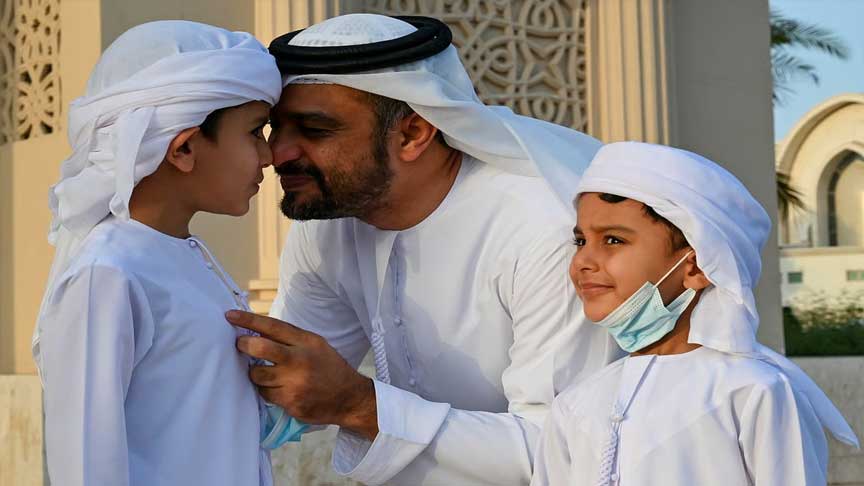
The day is also known as Arafah Day, the most sacred day in the Islamic calendar. But here’s the twist: the final holiday dates hinge entirely on the elusive sighting of the moon.
As per Islamic tradition, the calendar follows a lunar cycle. The moon-sighting committee will meet on May 27 to determine whether the crescent moon marking the start of Dhul Hijjah, the 12th and final month of the Islamic year, is visible. If the moon is seen on May 27, Dhul Hijjah will begin on May 28 — otherwise, it will start a day later, on May 29.
Also read: Expected date for Eidul Azha revealed: Why is moon sighting on May 27 unlikely?
This tiny sliver of the moon will also decide when Muslims will gather for the standing at Arafat, one of the most spiritually significant acts in Islam. Based on current projections, Arafat Day could fall on either Thursday, June 5, or Friday, June 6, with Eidul Azha being celebrated the following day.
Qatar’s official Eid holidays will run from the 9th to the 13th of Dhul Hijjah, covering five full days of national leave. However, this could still shift slightly depending on the moon’s appearance.
Meanwhile, the United Arab Emirates (UAE) has also laid out its Eid plan. Arafah Day will be observed as a holiday, followed by a three-day Eidul Azha break, expected to run from Friday, June 6, to Sunday, June 8 — again, all pending official confirmation based on the moon sighting.
As the region eagerly awaits the decision of the moon-sighting committees, millions are already making travel, family, and prayer plans — but the question remains: will the moon appear on May 27 or make the world wait one more day?



